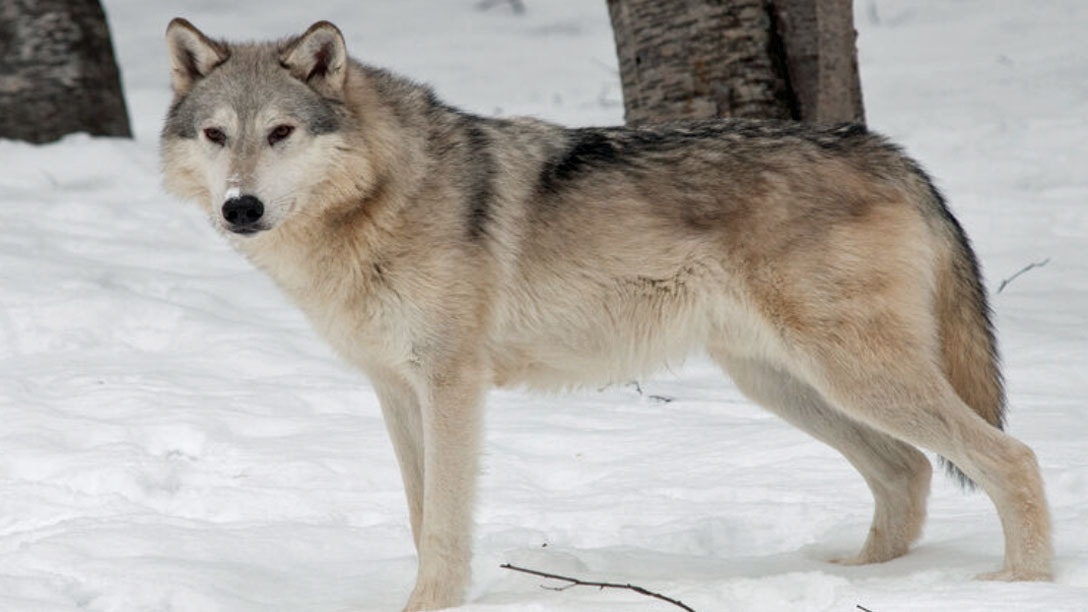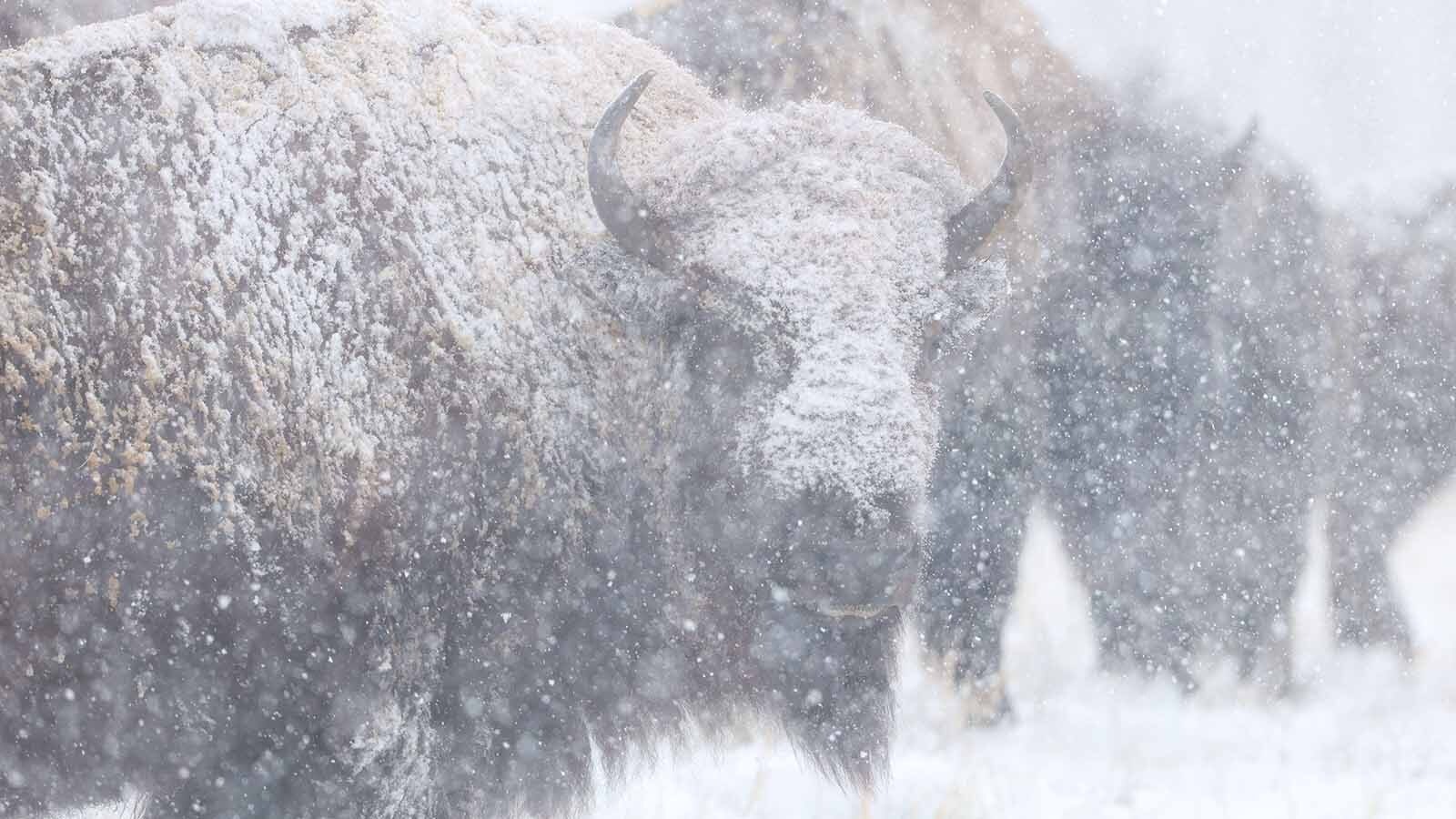Gov. Mark Gordon said Thursday he was disappointed with a decision by the U.S. Fish and Wildlife Service to review the endangered status of gray wolves in the northern Rocky Mountains.
On Monday, the agency officials sent out a letter announcing their intent to initiate a 12-month status review to determine whether a distinct population segment of the gray wolf in the northern Rocky Mountains or in the western United States should be included on the endangered species list.
“Secretary Haaland’s decision is very disappointing and indicates a strong disconnect between Washington D.C and realities on the ground,” Gordon said Thursday.
“In Wyoming, wolves have been successfully managed by our state’s wildlife experts since regaining authority in 2017,” he said. “I firmly stand behind our state wolf management plan that has served as our guide to ensure a viable, healthy population for a species that has met all recovery criteria for nearly two decades.”
“Managing Wyoming’s wildlife from Washington D.C is not a good model and is counter to the intent of the Endangered Species Act,” Gordon continued. “I urge the Secretary to ensure that the status review is grounded in science and recognizes the states’ strong track record effectively managing this species.”
A report published by the department in September indicated that including a specific population segment of the wolves on the endangered species list might be warranted, but further review is needed. A final determination should be published by late September, service regional director Matthew Hogan said in the letter.
Hogan noted in the letter that the department was particularly interested in data developed since 2020 regarding the distribution, abundance and trends of the gray wolf in the western U.S., conservation activities taken up by states and tribes, disease and predation and other natural or man-made factors affecting the gray wolf’s continued existence in the west.
According to the department, a distinct population segment is a group of animals distinct from other populations of its species and significant in relation to the entire species.
In September, the department announced that it would review the gray wolf’s status and review whether it should be re-listed under the Endangered Species Act.
Gordon said at the time that the state met delisting criteria for its gray wolf population for the 19th consecutive year in 2020, with the wolf population holding steady at more than 300.
“Wyoming’s management strategies have established predictability and stability within the wolf population,” he said. “That lends credence to our balanced approach that conserves wolves and gives flexibility to landowners. We are confident the review will find Wyoming’s wolf management program has been highly successful in meeting our commitment to the long term viability of wolves in Wyoming.”
The most recent count showed Wyoming had 327 gray wolves. At least 147 of those wolves reside within the wolf trophy game management area, where the Wyoming Game and Fish Department focuses its management efforts.
The wolf population for Yellowstone National Park is estimated at 123 and the Wind River Indian Reservation has around 21 wolves.
The wolf population is considered “recovered” when 100 wolves and 10 breeding pairs are found outside Yellowstone National Park and the Wind River Reservation.





